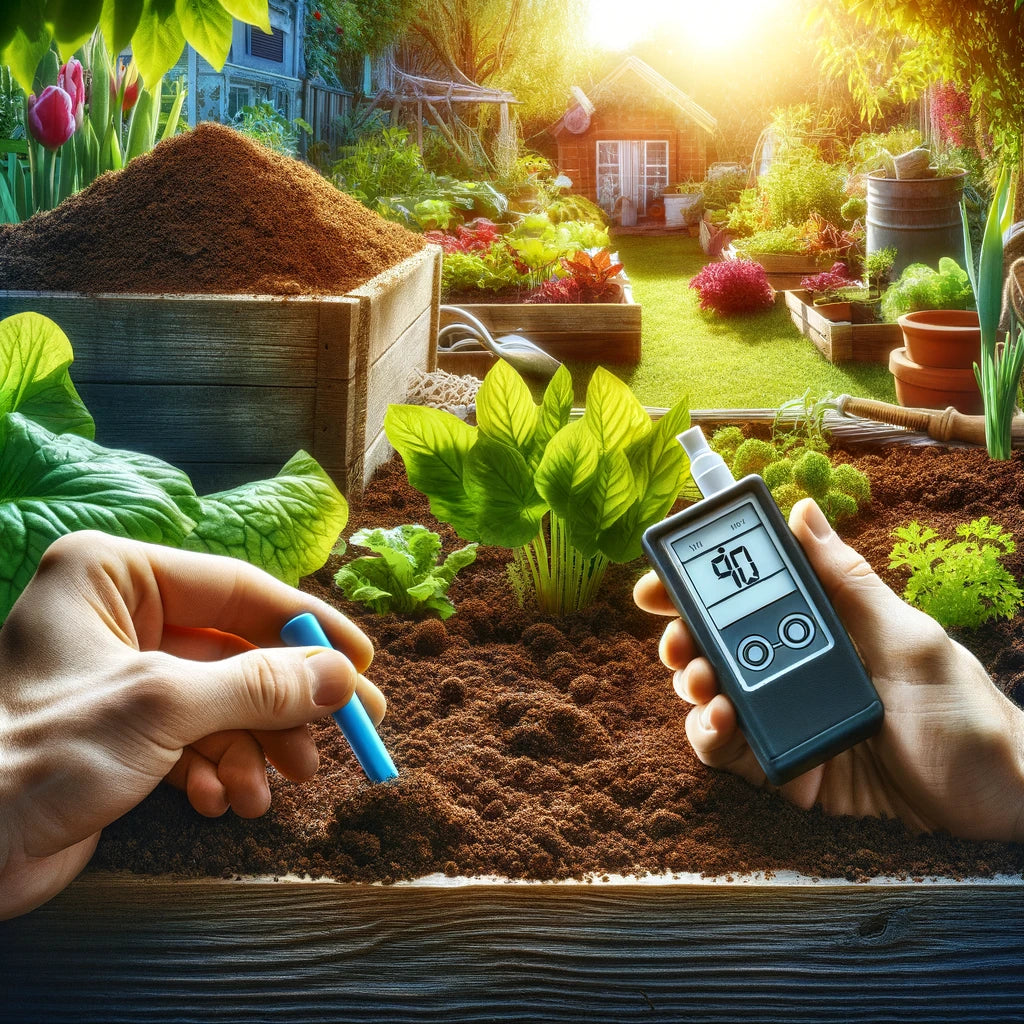Do you want a healthy garden? First, you need to test the soil. Good soil is key for plants to grow well. Here are some tips for garden soil testing.
Why Test Your Garden Soil?
Testing soil helps you know its quality. Good soil has the right nutrients. It also has the right pH level. This helps plants grow strong and healthy.
When to Test Your Soil
Test your soil before planting. Also, test it if plants look weak. Testing in spring or fall is best. This gives you time to fix any problems.
Tools You Need
You need some tools for soil testing. Here is a list:
- Soil test kit
- Clean shovel or spade
- Clean bucket
- Plastic bag or container
- Notebook and pen
How to Take Soil Samples
To test soil, you need samples. Follow these steps:
- Take samples from different spots in your garden.
- Use a clean shovel to dig 6-8 inches deep.
- Put the soil in a clean bucket.
- Mix the soil well.
- Take about 1 cup of soil from the bucket.
- Put the soil in a plastic bag or container.
- Label the bag with the date and location.

Credit: natiddy.com
Using a Soil Test Kit
Soil test kits are easy to use. Here is how:
- Read the instructions on the kit.
- Put some soil in the test container.
- Add the test solution from the kit.
- Shake or stir the mixture.
- Wait for the color to change.
- Compare the color to the chart in the kit.
Understanding Soil Test Results
Soil test results tell you about your soil. Here are key things to look for:
- pH level: This shows how acidic or alkaline your soil is. Most plants like a pH of 6.0 to 7.0.
- Nitrogen (N): This helps plants grow leaves. Low nitrogen means you need to add fertilizer.
- Phosphorus (P): This helps roots grow strong. Low phosphorus means poor root growth.
- Potassium (K): This helps plants resist disease. Low potassium means weaker plants.
Fixing Soil Problems
If your soil test shows problems, you can fix them. Here are some tips:
- Low pH: Add lime to make soil less acidic.
- High pH: Add sulfur to make soil more acidic.
- Low Nitrogen: Add compost or nitrogen-rich fertilizer.
- Low Phosphorus: Add bone meal or phosphorus-rich fertilizer.
- Low Potassium: Add wood ash or potassium-rich fertilizer.
Retesting Your Soil
After fixing the soil, test it again. This makes sure your changes worked. Retest in a few months. This helps keep your garden healthy.
Tips for Keeping Soil Healthy
Once your soil is healthy, keep it that way. Here are some tips:
- Add compost regularly. This adds nutrients to the soil.
- Rotate your crops. This helps prevent soil problems.
- Mulch your garden. This keeps soil moist and cool.
- Test soil every 2-3 years. This helps catch problems early.

Credit: m.facebook.com
Benefits of Healthy Soil
Healthy soil has many benefits. Here are a few:
- Plants grow better and faster.
- Flowers bloom more brightly.
- Fruits and vegetables taste better.
- Plants resist diseases more easily.
Frequently Asked Questions
What Is Garden Soil Testing?
Garden soil testing measures nutrient levels, pH, and composition to optimize plant growth.
Why Is Soil Ph Important?
Soil pH affects nutrient availability and plant health.
How Often Should You Test Soil?
Test soil annually for optimal results.
Can You Test Soil At Home?
Yes, use DIY soil testing kits.
Conclusion
Testing your garden soil is very important. It helps you know the health of your soil. Use these tips to test and improve your soil. Your plants will thank you!
Frequently Asked Questions (FAQ)
1. How Often Should I Test My Garden Soil?
You should test your garden soil every 2-3 years. If plants look weak, test sooner.
2. What Is The Best Time To Test Garden Soil?
The best time to test garden soil is in spring or fall. This allows time to fix any issues.
3. Can I Use A Soil Test Kit At Home?
Yes, you can use a soil test kit at home. They are easy to use and give quick results.
4. What If My Soil Is Too Acidic Or Alkaline?
If your soil is too acidic, add lime. If it is too alkaline, add sulfur.
5. How Can I Improve Low Nutrient Levels In My Soil?
To improve low nutrient levels, add compost or specific fertilizers.
